View of Mont Ventoux from La Verriere
Being situated in the Mont Ventoux UNESCO World Heritage Site means the mountain looms large in La Verriere’s outlook. Standing separately from anything nearly as high around it, Mont Ventoux is called the ‘Giant of Provence’ and is credited in some circles as being part of the start of the Renaissance era and by most people as an incredibly hard stretch of the Tour de France. Seeing this majestic and infamously windy mountain every day made us curious about it so here are some of the most interesting things about it:
Petrarch and the Dawn of the Renaissance Era
How is Mont Ventoux associated with the start of the Renaissance era? Well, it was all down to Francesco Petrarca, or Petrarch as we tend to refer to him in English, who was a famous poet, scholar, and humanist in the late Middle Ages who decided to climb the mountain for no other reason than because he wanted to see what it was like. This type of thinking was revolutionary at the time when most people just thought about either surviving or making war on somewhere else. In fact, it was his account of this climb that is seen as one of the landmark moments at the start of the Renaissance because of the way he describes it. He talks about the flora and fauna, the views, and how much of the world he feels he can see from the top. This appreciation of nature and ‘wider view’ of the world (symbolic of how Renaissance thinkers would start to look at the ‘bigger picture’ of life and the planet) came to be synonymous with the Renaissance and a total break from the narrow medieval way of thinking.
The Ultimate Cycling Challenge
Mont Ventoux may or may not have been instrumental in kicking off the Renaissance era, but what it is really famous for now is cycling. When included in the Tour de France, it is one of the most gruelling ascents of the whole race. It’s particularly infamous because a cyclist in the competition sadly collapsed and died during the ascent in 1967. A memorial to Tom Simpson who fell from his bike on an incredibly hot day making that climb still marks the route to this day. Cyclists say that it is such a daunting climb because it is the only one so dramatic for miles around. Being located in the South of France also means that it can be very warm when the race takes place and once they have cleared the trees at the start of the climb, there is no shade as the powerful winds (and extensive deforestation which took part on the mountain from the 12th century onwards to provide wood for shipbuilding) have left the landscape so bare it has been described as a ‘moonscape’.
Cycling Pilgrimage
Although some people like to follow in the footsteps of Petrarch (literally, as a path exists which follows the route he took up the mountain) to climb the mountain and see the magnificent views for miles around, it is much more common for the ascent to be viewed as an essential ‘bucket list’ ride for serious cyclists. While there are plenty of places to stop for sustenance along the way with restaurants and shops springing up to cater for tourists, cyclists are warned about the wind at the top and the climb is still not for the faint of heart (or the weak of leg!).
While Mont Ventoux provides an impressive view from La Verriere, we also love its history and its cycling heritage (as we have lots of people coming here for cycling holidays*). Visitors to La Verriere can admire this beautiful mountain from one of our many outdoor spaces or we can arrange an excursion for you to tackle it as a philosophical pilgrimage or a cycling one. To talk to us about staying at La Verriere, call + 33 4 90 10 06 32 from France or +44 (0) 7775 682090 from the UK or email reservations@laverriere.com.
*Duvine Côtes du Rhône Bike Tour / Gourmet Cycling Travel Provence Bicycle Tour



